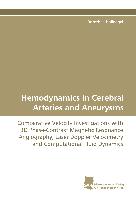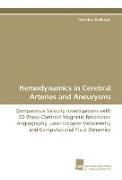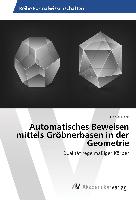- Start
- Hemodynamics in Cerebral Arteries and Aneurysms
Hemodynamics in Cerebral Arteries and Aneurysms
Angebote / Angebote:
Cerebral aneurysms develop in about 4 % of western populations and involve the risk of rupture. Blood flow patterns are of interest for understanding the pathogenesis of the lesions for a specific patient. Velocity mapping with phase-contrast magnetic resonance angiography (PC-MRA) is a non-invasive method for in vivo measurements on blood velocity. Based on these, a realistic patient-specific computer model can be generated and the flow field with all hemodynamic parameters can be simulated. As the accuracy of the PC-MRA data and subsequent modeling must be validated, a realistic flow field in a silicone phantom was investigated. Velocities were acquired under equal conditions with PC-MRA, laser Doppler velocimetry (LDV) and computational fluid dynamics (CFD). The results showed that PC-MRA was qualitatively, but not quantitatively, similar to LDV and CFD in straight arteries, while the accuracy of PC-MRA decreased in regions with complex flow patterns as present in aneurysms. Thus, it is appropriate to use PC-MRA as inlet conditions for CFD to calculate hemodynamic parameters in aneurysms, rather than to derive them directly from the measurements.
Folgt in ca. 10 Arbeitstagen





